SEARCH


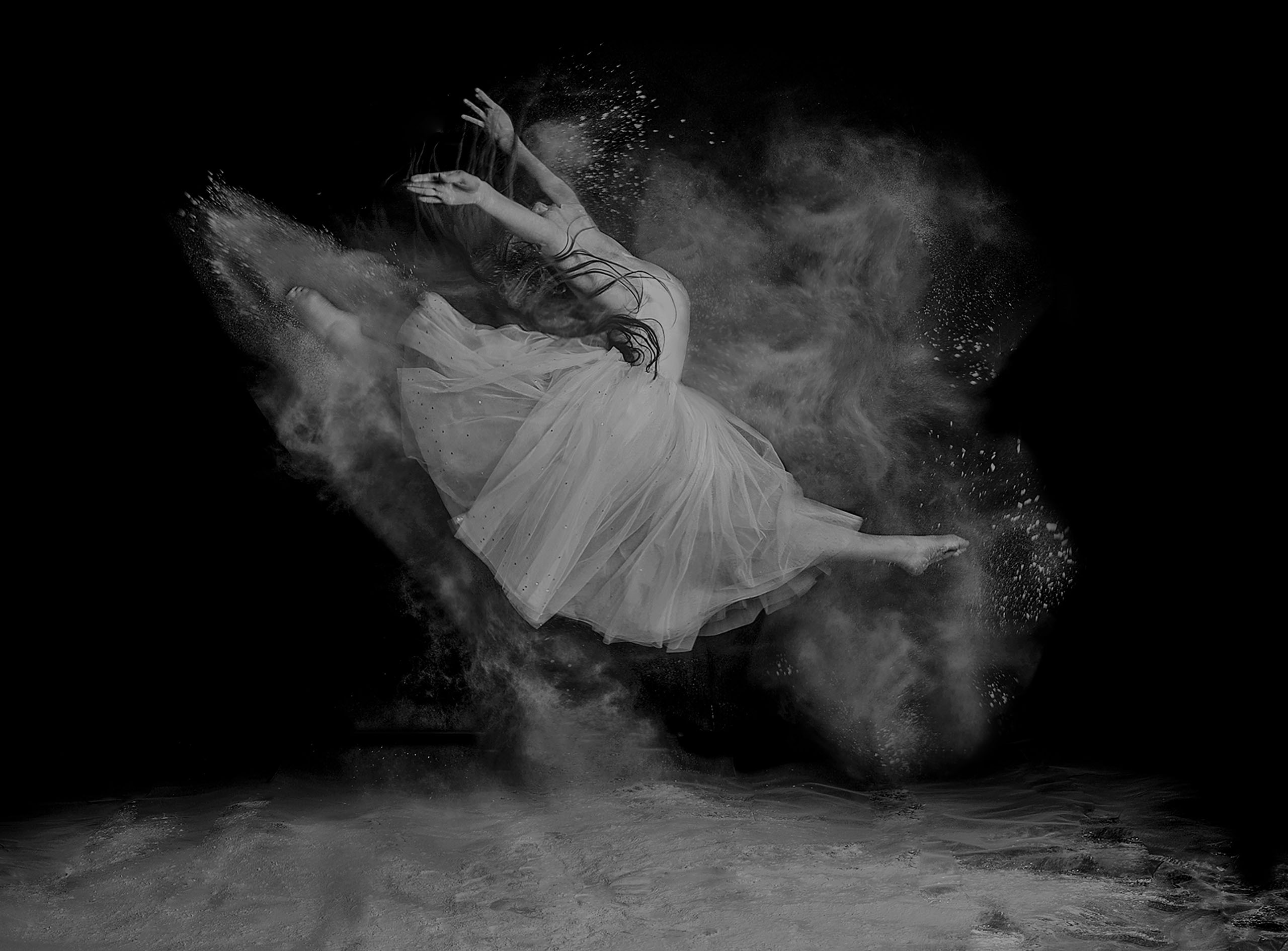
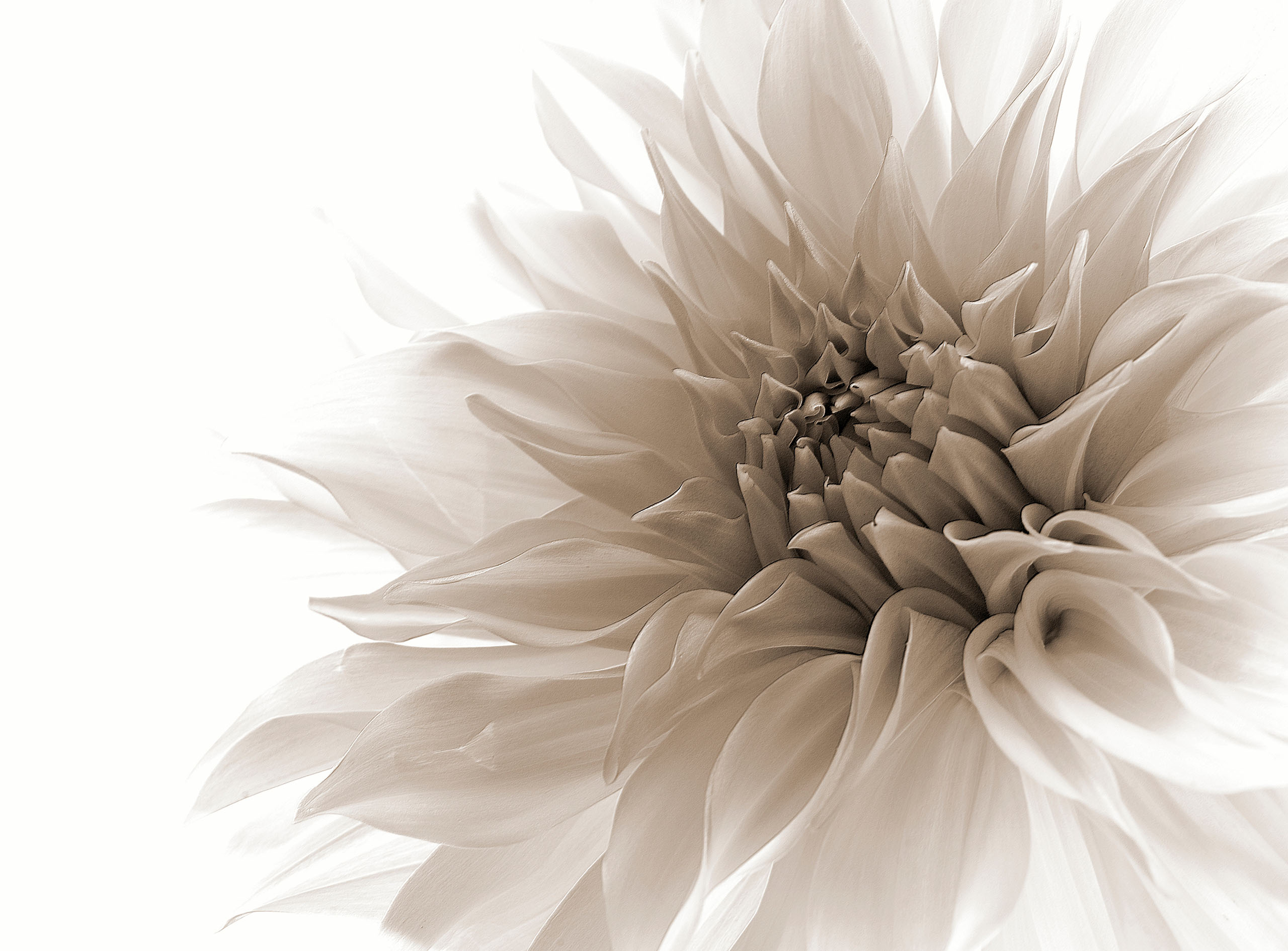
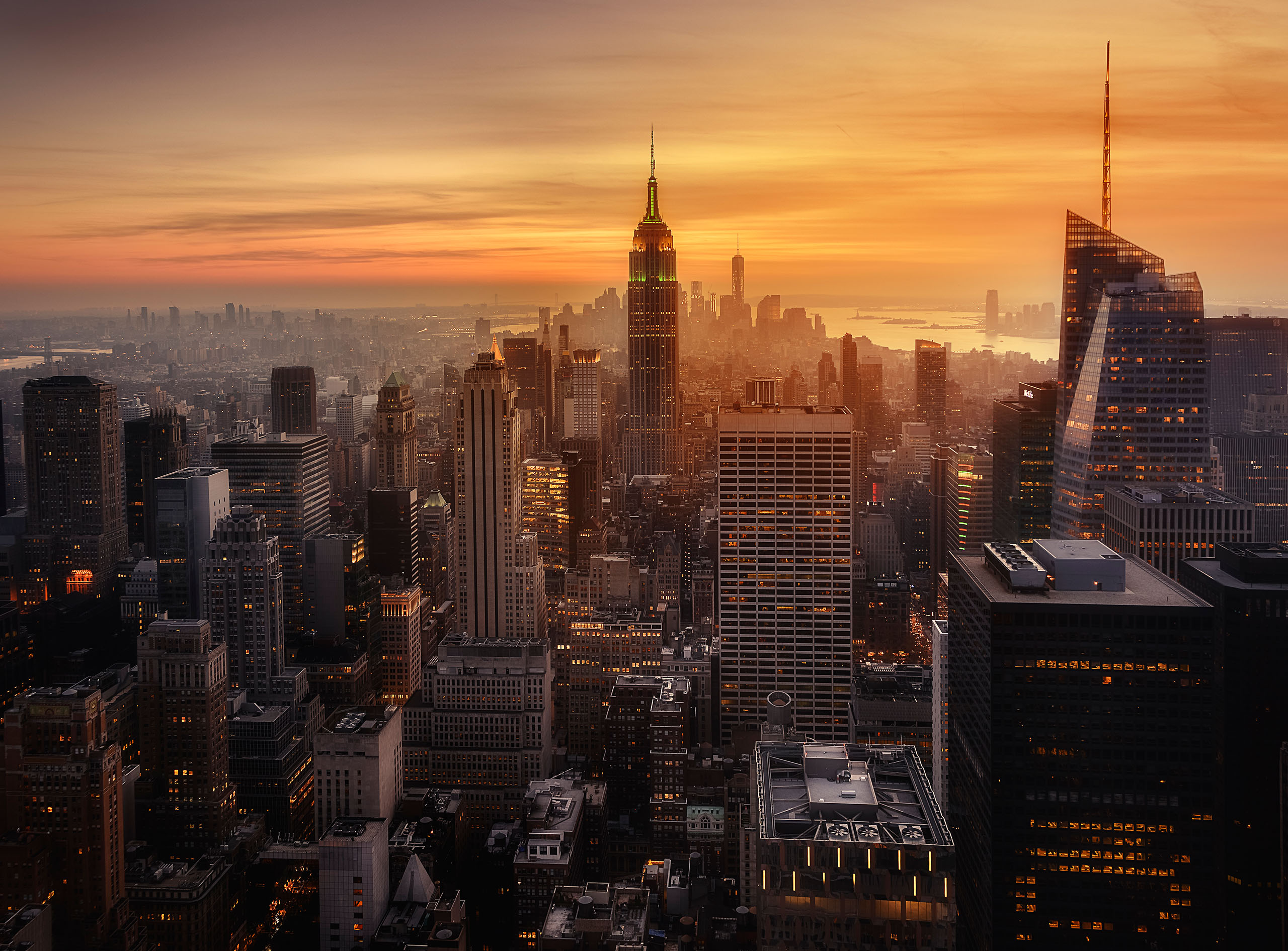
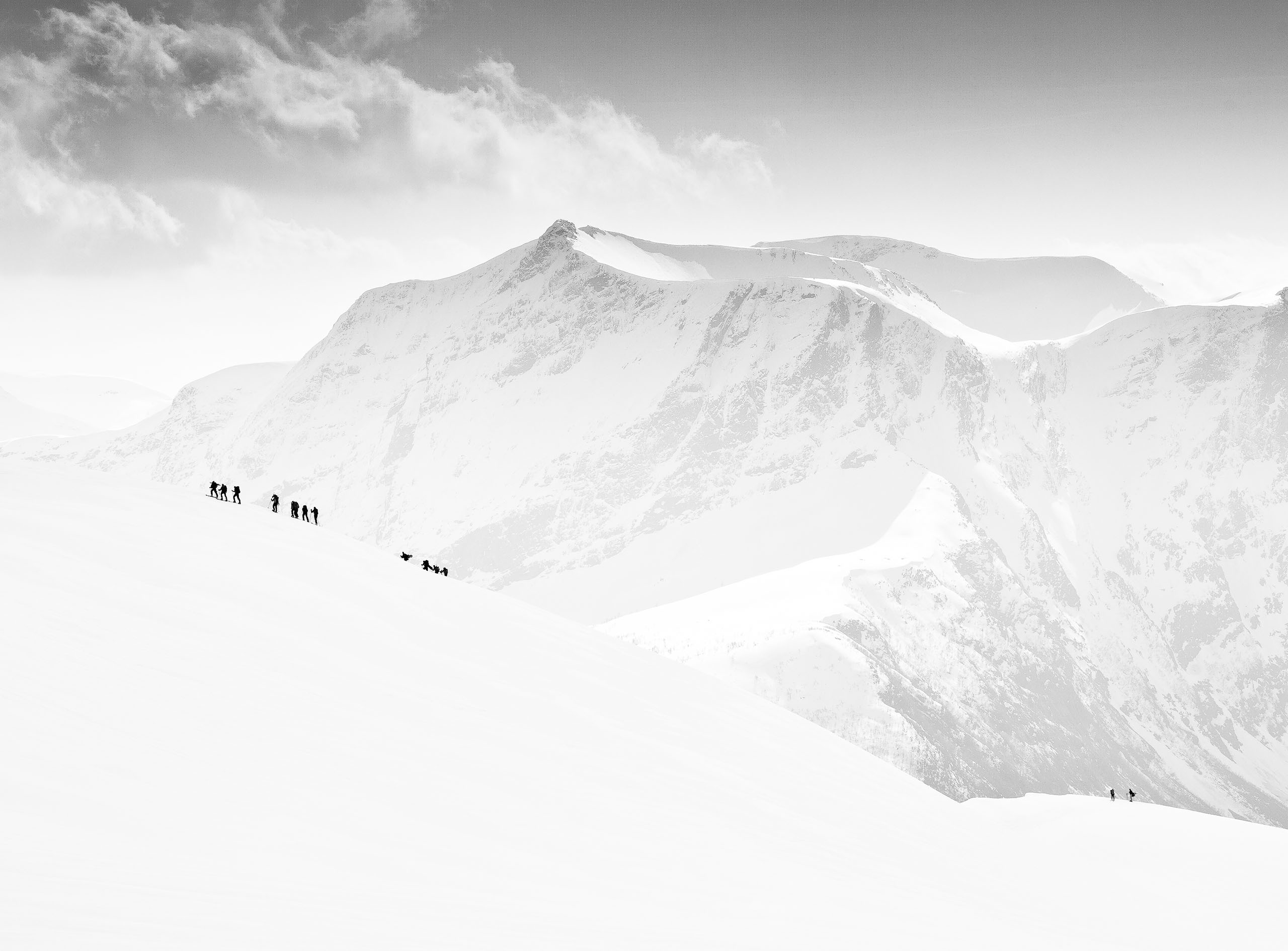
|
|
|
|


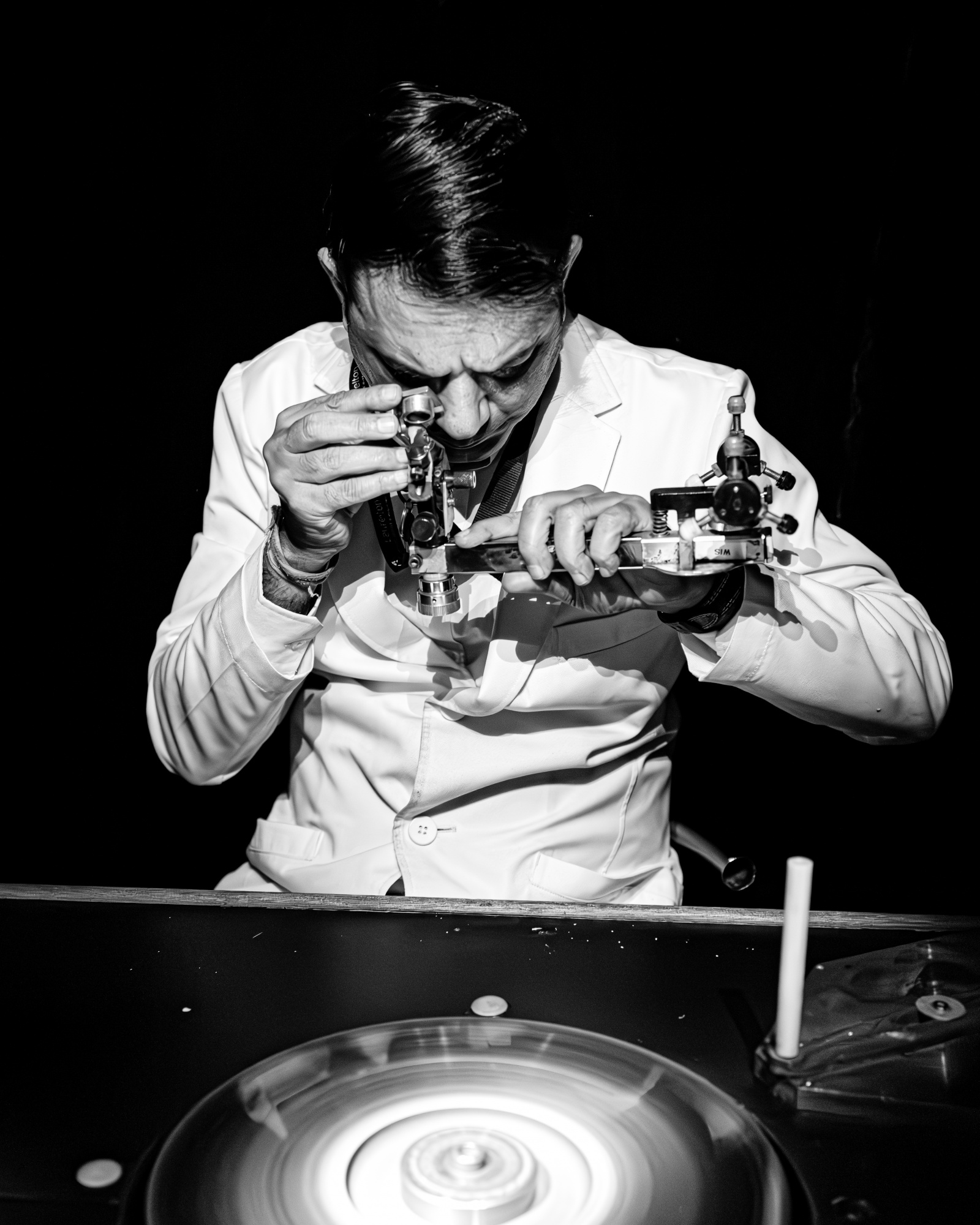
Hello, Kenichiro
Welcome to our forum. I have also become interested in portrait photography in the past few years. My portraiture is a bit more different than the one you're trying here. I'll mostly go to staged portraits or those who have painterly or artistic values rather than the documentary ones. But before I started working on portraits in my home studio, I read and watched different tutorials about it. When, considering the type of portraits you took here, I can say that you might experience some problems in the curation process. Let me explain why. You wanted to to document something. This is how a diamond is shaped in the hands of a craftsman. As far as I know, in situations, like this one, the viewers get more information about the person who is portrayed by being thrown into the image by the fore and background appearamce of the setting where the action takes place. So to understand what's going on there I want to see what the man is dealing with more clearly. You chose a very open aperture and because of that, the range of focus is limited. Let's change places, and assume that I took that image. If I had been the photographer, I would have chosen an Auto ISO setting. If I didn't have the tripod, I would also have taken the image with a high shutter speed. However, I wouldn't have opened the aperture more than 5.6. As the light is not strong enough without a speedlight I would most probably not exceed 8. I am not very technical, but I learn through experimenting. So, I would have taken different shots with altered settings. In your case the ISO is a bit high but it can be dealt with using some software. Yet, the background leaves me clueless and the foreground is not in the focus range. The B&W is ok but the shadows under the model's eyes are a bit disturbing. All I can say is that he works meticulouslly on something that requires care and skill. Because of the dark background the edge of the desk or counter looks as part of another image . It looks as if the image was split into two to me. Unfortunately I thing I won't be able to do any good to your image working on a screenshot in Photoshop. My critique also is not about criticizing the image. It's mainly about the things that I think we should be prepared for before shooting an image like this one. I wish you good light and keep up the good work and going out with your camera. Çiçek...
Hi Kenichiro,
As you probably know, I'm not a portrait photographer. But I find your photo very interesting and have edited it on instinct, so to speak:
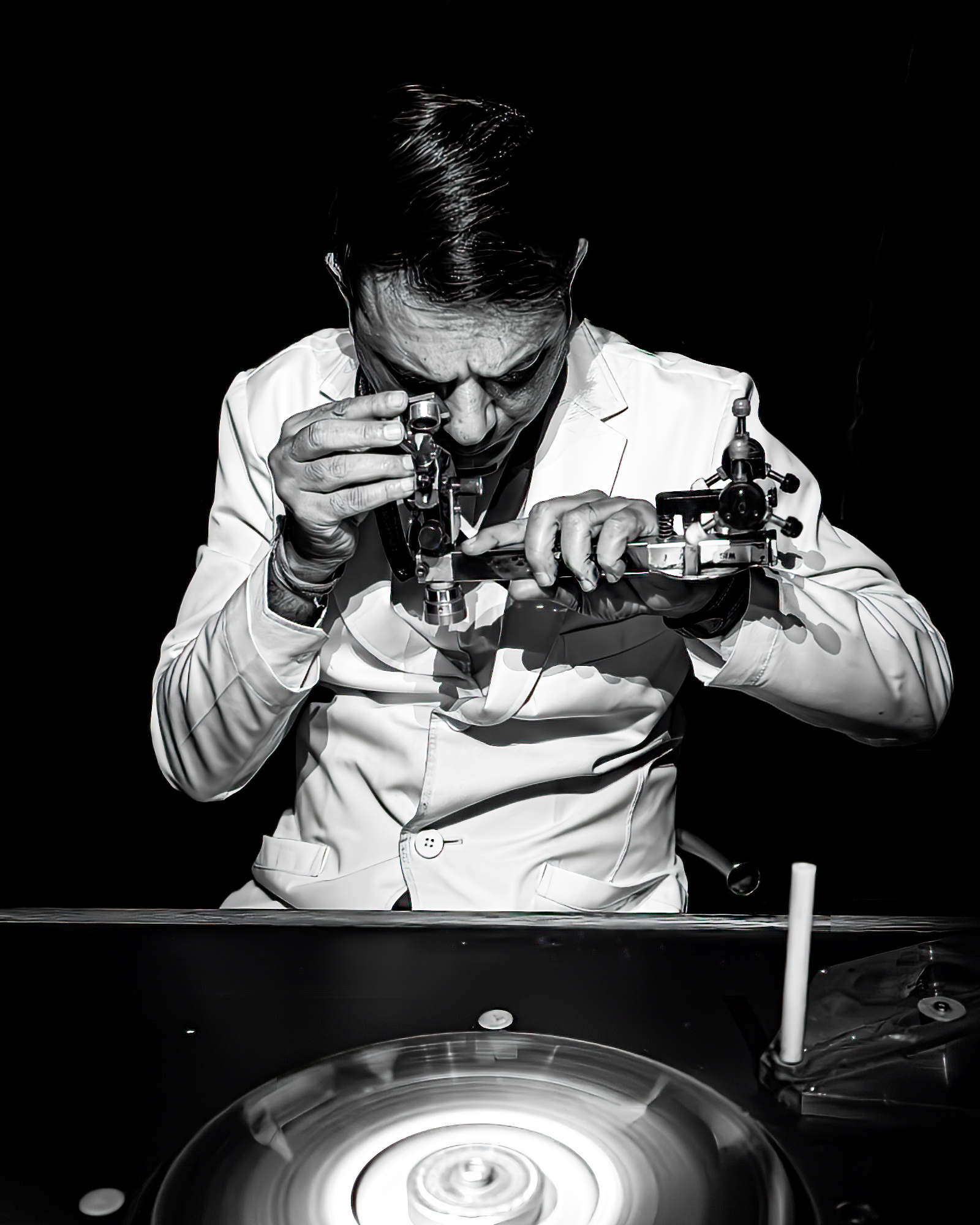
The first thing I did was to warp the bottom left corner so that the table is straight.
Then I applied the filters "midtones darker", "sharpen" and "nonoise" (all On1 Photo Raw).
Greetings
Udo
> Cicek
Thank you for your great feedback and the information regarding the portrait photography. I totally agree with you about the light and the settings which I didn't have any opportunity this time unfortunately, in the future, I will consider your feedback in my photo. This photo was taken in a museum type of exhibition, therefore the room was dark, there was a spotlight on the man, and there was a glass window between me and the man, which couldn't be any excuse for the viewers for sure.
By the way, it was the Tiffany exhibition which was gorgeous :D
I think "documentary" makes more sense and I think I love that category than portrait as well.
> Udo
Thank you for your great edit as always! I love your edition including the bottom corner edit. I will take a look again at my photo, maybe from a closer look, and at the distance so that I may see something I didn't before.
Dear Kenichiro Nakamura,
I'm with Cicek on this, f/2.0 was probably not a good choice if you're very close to a subject (the 28mm implies you were maybe at less than 1.5 meter) and you capture elements at a varying distance from your lens. Though 28mm is a slight wide angle, the depth of field is probably limited to 30-40 centimeter. Ther was some margin in exposure, I believe. At 28mm you could shoot at 1/30th of a second with minimal risk to have motion blur. So the aperture could be f/6.3 then.
28mm is anyhow not the focal length to shoot people with, the distortion is quite unfortunate. His head appears far too big in my view. In close-up portraits with shorter focal lengths close-by elements are oversized anyway. The reason fashion is shot with 85mm and more usually.
I don't know what color his jacket was, but for me it's too bright in this. The grinding disc is the brightes element, followed by the jacket. If it had a color, there may have been the possibility to tone it down and have less distraction. The real subject, the instrument and magnifying glass became secondary.
I'm also not fond of a pitch black background, no matter whether it's people or flowers. I'd rather see some of the environemt blurred in bokeh. But that's a metter of preferences, of course.
I hope this is of any help for future shots.
Mike
> Mike
Thanks s lot for your great and precise feedback. I understand the 28mm vs 80mm story that I also see in my community, some people use even longer ones.
The jacket he wore was pure white as if he was a scientist and there was just darkness in his background as he was in the cube to demonstrate his work in the exhibition in the dark room.
But yes I agree and understand your prints and I will consider the points you all gave to me!!
Also thanks for the useful information regarding to the attitude l apparture that I could select f5+ at least in the dark environment by holding the camera tight!!
Thanks so much.
Ken